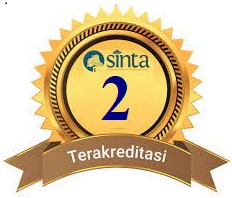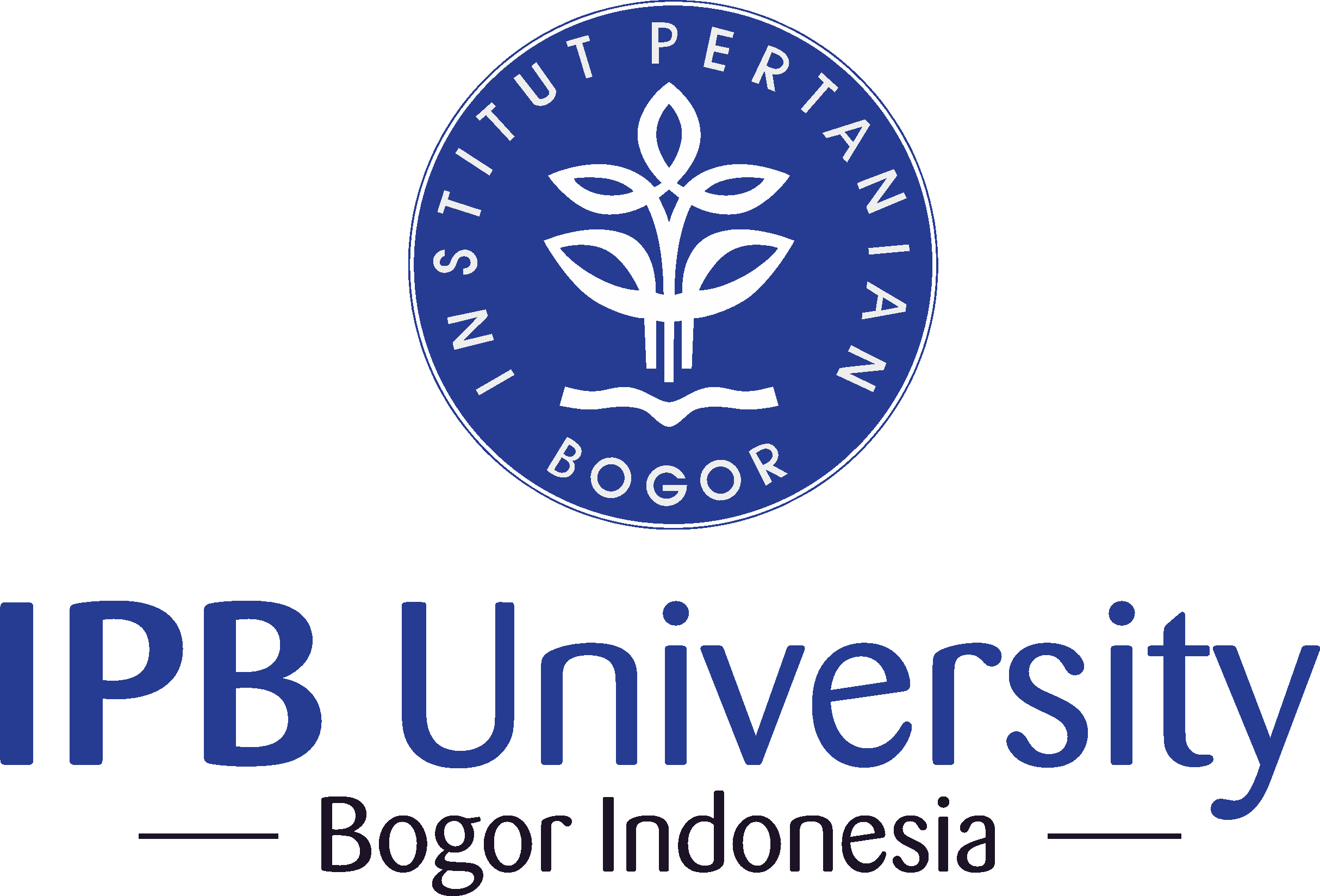Peranan Teknologi Proses Pengolahan Pangan dalam Penurunan Alergenisitas Kerang-kerangan: Meta-analisis
Abstract
Shellfish is widely consumed globally, one of the main reasons is because it contains good nutrition for health. The increased consumption also leads to adverse health problems such as food allergy. Food allergy is hypersensitivity reaction of the immune system caused by consumption or exposure to food. Various food processing methods has been proven to alter shellfish allergenicity with different effectiveness. This study aims to determine the most effective processing method to reduce shellfish allergenicity through meta-analysis. In total of 19 articles were obtained using PRISMA diagram, with publication year range 2006-2020. Data were analyzed to determine Standardized Mean Difference (SMD) with 95% confidence interval. Moist heating, high hydrostatic pressure, irradiation, and ultrasound processing have significant effect (p < 0,05) in reducing shellfish allergenicity. Meanwhile, boiling and roasting processing did not have a significant effect. Based on the results of the meta-analysis, high hydrostatic pressure is the most effective method in reducing shellfish allergenicity because it has the highest effect size value with -7,25 (95% CI: -9,11 s.d. -5,4; p < 0,00001).
Keywords: allergenicity, food processing, meta-analysis, shellfish
Downloads
References
Afandi FA, Wijaya CH, Faridah DN, Suyatma NE, Jayanegara A. 2021. Evaluation of various starchy foods: A systematic review and meta-analysis on chemical properties affecting the glycemic index values based on in vitro and in vivo experiments. Foods. 10(2): 1–28. https://doi.org/10.3390/ foods10020364
Borenstein M, Hedges LV, Higgins JPT, Rothstein HR. 2009. Introduction to Meta-Analysis. New Jersey (US): John Wiley & Sons, Ltd. https://doi.org/ 10.1002/9780470743386
[CAC] Codex Alimentarius Commission. 2020. Code of Practice on Food Allergen Management for Food Business Operators. Roma (IT).
Dong X, Wang J, Raghavan VGS. 2020. Effects of high-intensity ultrasound processing on the physiochemical and allergenic properties of shrimp. Innovative Food Science & Emerging Technologies. 65: 102441. https://doi.org/10.1016/j.ifset. 2020.102441
Ekezie FGC, Cheng JH, Sun DW. 2018. Effects of nonthermal food processing technologies on food allergens: A review of recent research advances. Trends in Food Science & Technology. 74: 12–25. https://doi.org/10.1016/j.tifs.2018.01.007
[FAO] Food and Agriculture Organization. 2016. The State of World Fisheries and Aquaculture 2016. Roma (IT).
Gogus U, Smith C. 2010. n-3 omega fatty acids: a review of current knowledge. International Journal of Food Science and Technology. 45: 417–436. https://doi.org/10.1111/j.1365-2621.2009.02151.x
Jiménez-Saiz R, Benedé S, Molina E, López-Expósito I, 2014. Effect of processing technologies on the allergenicity of food products. Critical Reviews in Food Science and Nutrition. 55(13): 1902–1917. https://doi.org/10.1080/10408398.2012.736435
Jin Y, Deng Y, Qian B, Zhang Y, Liu Z, Zhao Y. 2015. Allergenic response to squid (Todarodes pacificus) tropomyosin Tod p1 structure modifications induced by high hydrostatic pressure. Food Chem Toxicol. 76: 86–93. https://doi.org/10.1016/ j.fct.2014.12.002
Koricheva J, Gurevitch J, Mengersen K. 2013. Handbook of Meta-Analysis in Ecology and Evolution. New Jersey (US): Princeton University Press. https://doi.org/10.1515/9781400846184
Li X, Li Z, Lin H, Samee H. 2011. Effect of power ultrasound on the immunoactivity and texture changes of shrimp (Penaeus vannamei). Czech Journal of Food Sciences. 29(5): 508–514. https://doi.org/10.17221/242/2009-CJFS
Long FY, Yang X, Wang RR, Hu XS, Chen F. 2015. Effects of combined high pressure and thermal treatments on the allergenic potential of shrimp (Litopenaeus vannamei) tropomyosin in a mouse model of allergy. Innovative Food Science & Emerging Technologies. 29: 119–124. https:// doi.org/10.1016/j.ifset.2015.03.002
Mei K, Li G, Zhang J, Lou Q, Xu D, Yang W. 2020. Studying on the IgG binding capacity and conformation of tropomyosin in Ovalipes punctatus meat irradiated with electron beam. Radiation Physics and Chemistry. 168: 108525. https://doi.org/10.1016/j.radphyschem.2019.108525
[NIAID] National Institute of Allergy and Infectious Diseases. 2010. Guidelines for the diagnosis and management of food allergy in the United States: Report of the niaid-sponsored expert panel. The Journal of Allergy and Clinical Immunology. 126, S1–S58. https://doi.org/10.1016/j.jaci.2010. 10.007
Palupi E, Jayanegara A, Ploeger A, Kahl J. 2012. Comparison of nutritional quality between conventional and organic dairy products: a meta-analysis. Journal of The Science of Food and Agriculture. 92(14): 2774–2781. https://doi.org/10.1002/jsfa.5639
Pawankar R, Canonica GW, Holgate ST, Lockey RF, Blaiss MS. 2013. World Allergy Organisation (WAO) white book on allergy: Update 2013. Milwaukee (US): World Allergy Organization.
Retnawati H, Apino E, Djidu H, Kartianom, Anazifa RD. 2018. Pengantar analisis meta. Yogyakarta (ID): Parama Publishing.
Sathe S, Teuber S, Roux K. 2005. Effects of food processing on the stability of allergens. Biotechnology advances. 23(6): 423–429.
Somkuti J, Smeller L. 2013. High pressure effects on allergen food proteins. Biophys Chem. 183: 19–29. https://doi.org/10.1016/j.bpc.2013.06.009
Tawfik GM, Dila KAS, Mohamed MYF, Tam DNH, Kien ND, Ahmed AM, Huy NT. 2019. A step by step guide for conducting a systematic review and meta-analysis with simulation data. Trop Med & Health. 47(46): 1–9. https://doi.org/10.1186/s41182-019-0165-6
Uman LS. 2011. Systematic reviews and meta-analyses. Journal of the Canadian Academy of Child Adolescent Psychiatry. 20(1): 57–59. https://doi.org/10.1007/s00787-010-0157-x
Viswanathan M, Ansari MT, Berkman ND, Chang S, Hartling L, McPheeters M, Santaguida PL, Shamliyan T, Singh K, Tsertsvadze A. 2012. Assessing the Risk of Bias of Individual Studies in Systematic Reviews of Health Care Interventions. Agency for Healthcare Research and Quality. PubMed [Internet]. [diunduh 2022 Jul 20]. Tersedia pada: https://pubmed.ncbi.nlm.nih.gov/22479713/.
Zhang Y, Dai B, Deng Y, Zhao Y. 2015. AFM and NMR imaging of squid tropomyosin Tod p1 subjected to high hydrostatic pressure: evidence for relationships among topography, characteristic domain and allergenicity. Royal Society of Chemistry Advances. 5: 73207–73216. https://doi.org/10.1039/C5RA13655E
This journal is published under the terms of the Creative Commons Attribution-NonCommercial 4.0 International License. Authors who publish with this journal agree to the following terms: Authors retain copyright and grant the journal right of first publication with the work simultaneously licensed under a Creative Commons Attribution-NonCommercial 4.0 International License. Attribution — You must give appropriate credit, provide a link to the license, and indicate if changes were made. You may do so in any reasonable manner, but not in any way that suggests the licensor endorses you or your use. NonCommercial — You may not use the material for commercial purposes.






















